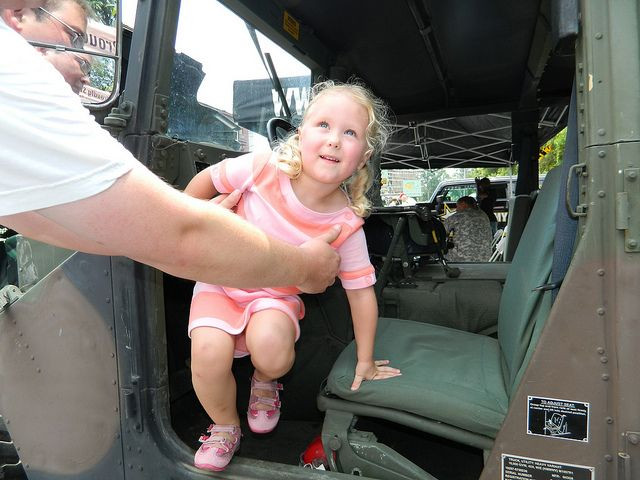Child Abuse: Greatest Risk Among Family Adults, Not Teachers, Clergy, Coaches, Or Scout Leaders

Media reports scare parents into believing child molesters hide beneath the masks of youth leaders, but University of New Hampshire researchers say your child is more likely to be abused by a family member than community volunteers. Rates of abuse by leaders of school and recreational groups, including teachers, coaches, clergy, and scout leaders, were small compared to rates of abuse by family members and other adults, their study indicates.
To calculate rates of abuse, Dr. David Finkelhor, of the Crimes Against Children Research Center, and his colleagues, combined data from three national telephone surveys to create a sample of 13,052 children ranging in age from infants to 17 year olds. Then, the research team analyzed the data collected by these surveys. While focusing on the children’s exposure to violence, the team based their calculations only on physical assault, sexual abuse, verbal aggression, and neglect.
Among the children, 105 had survived maltreatment in some type of youth group, including activities run by school or church. Proportionally, this amounted to 0.8 percent affected over their lifetime and 0.4 percent in the past year, the researchers explain.
By comparison, the team says, rates of abuse by family adults amounted to 11.4 percent over a lifetime and 5.9 percent in the past year, while rates of abuse by nonfamily, non-youth group adults was 5.9 percent over a lifetime and 3.3 percent in the past year.
Types of Abuse
The majority of maltreatment by group leaders was verbal abuse, about 63 percent, with little more than 6 percent taking the form of sexual violence, the researchers say. However, slightly more than a third of the survivors reported physical abuse while under the care of a youth group leader, and less than 1 percent reported neglect.
“Lawsuits have sometimes painted a picture of [youth group] environments as posing a particular risk for abuse because they have inadequate supervision and may serve as magnets for those with abusive inclinations,” wrote the researchers, who add unnecessary anxiety need not deter families from taking advantage of these helpful youth organizations.
After all, the massive amount of media attention given to past instances of priests or scout leaders molesting children means many youth organizations have made the effort to improve their staff selection and training. As a result, interactions may often occur within sight of other attending adults. Instead, families concerned about abuse should consider the many adults who come into contact with their children in other ways while also looking within.
Source: Shattuck A, Finkelhor D, Turner H, Hamby S. Children Exposed to Abuse in Youth-Serving Organizations Results From National Sample Surveys. JAMA Pediatrics. 2016.



























